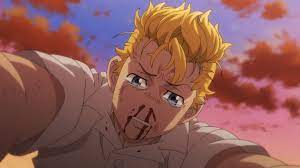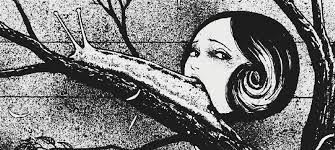Summer Time Rendering
Studio: OLM
Genre: Supernatural, Mystery, Suspense
Hello my friends.
Welcome to another entry of my blog.
For now, stay with these words.
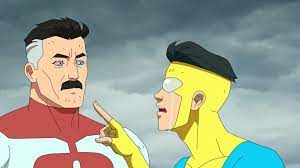
What do I mean with this sentence? You will find out soon. For now, I want to say that I have time off, so I can watch some anime that I found fascinating, and that it is become trending these days, just like Spy X Family and Shikimori-san Is not just a Cutie. And what better than something that can exceed your expectations?
Especially after some unexpected story elements. What is true is that this anime in particular is going to stay with me for the rest of the year, if not the rest of my life. Having said that, I am happy to present to you…

Summer Time Rendering.
But first, I must ask you guys the same questions:
Are you feeling ok? Feeling healthy?
If the answer is yes, then I am very happy.
Now, let’s value the previous summer with Summer Time Rendering.
PREMISE
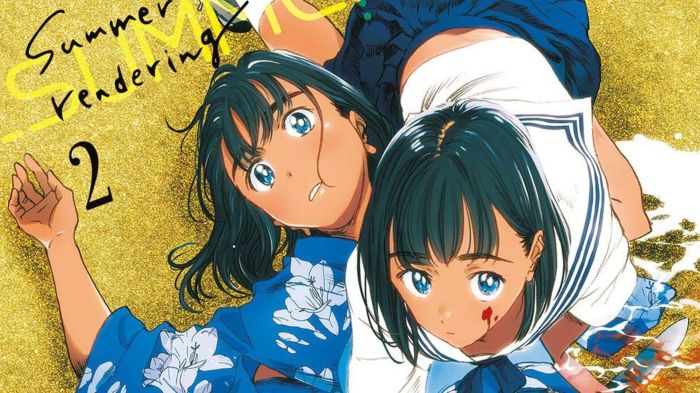
Based on the manga written and illustrated by Yasuki Tanaka, and published by Shueisha, Summer Time Rendering (サマータイムレンダ or Samā Taimu Renda), tells the story of Shinpei Ajiro, who was raised by chef Alain Kofune, as well as the daughters of the latter, Ushio and Mio. Shinpei was living in Tokyo for two years previous of the story, but when he received the news of Ushio drowning near the beach, he returns to his hometown to attend the funeral, but after a very heavy nightmare, and an unfortunate meeting with a woman with glass and big bust, he discovers that Ushio didn’t actually drown, she was strangled to death according to the autopsy, which found some marks on her neck. From that moment, Shinpei must discover the truth of Ushio’s death and the horrifying mysteries surrounding the island.
Summer Time Rendering was published from October 23, 2017 to February 1, 2021 (much to my surprise), in a total of 13 volumes. And for those who do not know, OLM is the same studio that animated…
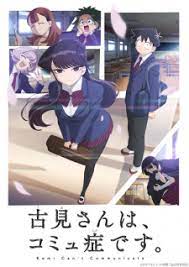
And… Thank you heavens… Summer Time Rendering has 25 episodes, which means we have a lot to introduce as much story, characters and their development as possible.
There is a very curious fact about the mangaka, Yasuki Tanaka, and that is one of his previous assistants was Kohei Horikoshi, a name that needs no presentation.

Summer Time Rendering was released on April 15th, 2022, and it is been released on Disney+. Yep? What did you expect? You thought I would say Crunchyroll. Right? Moreover, some of the voice talent includes Natsuki Hanae (Tanjiro Kamado, Vanitas), and Yoko Hikasa (Rias Gremory, Emi Yusa)
Finally, one of the best elements of Summer Time Rendering so far is its opening – Hoshi ga Oyogu» (星が泳ぐ, «The Stars Swim») performed by Macaroni Enpitsu. It combines a very subtle, but powerful mixture between summer and mystery that perfectly embodies the tone of the story.
Here are the TV and the real version for you to enjoy.
STORY
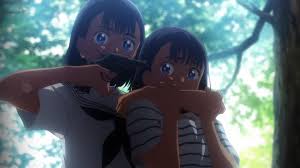
That’s right!!!!
I have to admit that I was saving Summer Time Rendering for later, because I was watching Spy x Family, Skeleton Knight, Shikimori-san, Dawn of the Witch and Miru Tights, but when, for some random reason, I meet a clip from YouTube that really shocked me up.
I was overwhelmed, just like when I saw Omni-Man killing the Guardians.
When I saw the first key visual and some promotional material from Summer Time Rendering, I thought it was a comedy, or at least a slice-of-life centred on the summer, similar to Anohana. But… No. And over time, I saw the concepts of the disturbing moments and of the antagonists of this anime, and the more I saw, the more curious I became about Summer Time Rendering. Honestly. I could barely think in anything else (But that didn’t affected my job performance, luckily.) So I decided to go little by little, first watching the opening, and start going to Star+ to watch whatever material was available for me. And trust me. I really liked the story.
It was a nice departure from anime like Yuru Camp and Anohana, giving a pretty nice mixture of drama, horror, mystery, supernatural and… time travel. It was like Boku Dake Ga Inai Machi, one of the my favourite anime of all time
Or Erased.
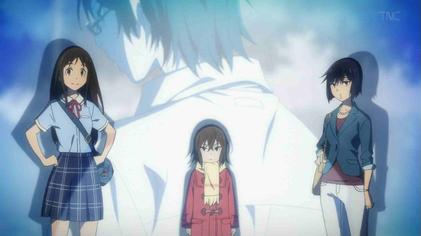
From the moment one, Summer Time Rendering established the type of tone that the series wants, it has that atmosphere of the summer that really bliss you a lot, but also that sense of grief and loss when a close relative passes away, recreating that feeling we all empathise with, that realistic feeling, and then…

Remember what I said about Invincible in 2021? Well, that Amazon Prime Video series shocked because I was not expecting something as gory and crude, not even matching The Boys, making me realise that Invincible is not to be ignored. Ah yes! What Invincible did with in 2021 Summer Time Rendering did it to me in 2022. And of course, there is still at least 177 days left, but it is going to be hard for any other anime to shock me like that this year.
Unless it is Chainsaw Man.
And that is something that indeed I must praise form Summer Time Rendering. It knows how to handle the violence that its plot requires. The anime is not shy in the violence, and I love that because it develops the realism; it is actually pretty good that Summer Time Rendering is not afraid of being crude when it is to be crude, because after watching a lot of Disney, Sony and MCU crap that softens and censors violence more than necessary, the change done by Summer Time Rendering is more than welcome.
But it never overstays it. The blood and violence is an element at the service of the suspense and the horror, giving enough time to both to be introduced and developed with the story, and showing how much the characters are affected b y them in the best, most organic way possible.
Another great element of Summer Time Rendering is the animation. The colours match the brightness of the day and the calm and darkness of the night, and when necessary, enhances the horror.
Finally, the pacing and the rhythm are simply correct, because it brings the story right to us, with the perfect amount of time to assimilate it, and the perfect writing to be solid. Yes. Summer Time Rendering is well-written, and after you get the first three episodes, you really want to know more of it.
But… be prepared for episode 12, because if for you the first episodes were too much, episode 12 will test your stomach power
CHARACTERS
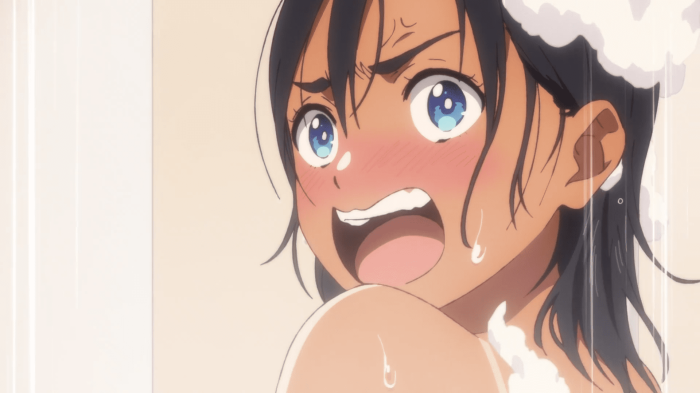
The characters are also very well-established. At first glance, you might think that some of them are cliched, for instance, the typical kind-hearted teenager (Shinpei), the cutesy imouto (Mio), the sneaky best friend (So), the mysterious woman with a lot of experience (Hizuru), and the tsundere female lead (Ushio), but then you see their true personalities, being unfolded with the path of the story, and proving they are as likely by their own merit, especially Shinpei, Mio and Ushio.
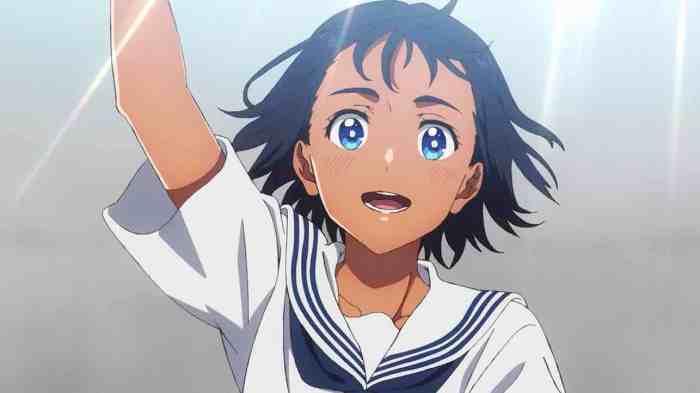
I want to make honourable mention to Mio, because she helped me to value the characters a bit more. One of the criticisms that I read from Summer Time Rendering was the big amount of fanservice, and yes… it has fanservice, mostly from Mio, but to my surprise, not just the fanservice is minimal; turns out that Mio is a more likeable character than I thought, being the best emotional support to Shinpei, aling with So and Ushio.
Finally, we got Hizuru.

It was also because of her that my interest of Summer Time Rendering hooked me up. First I saw her as a really attractive strong woman, but then I found it that she is more badass than I thought. I don’t want to spoil you anything, but trust me, watch the episodes and you will love Hizuru, as well as the rest of the characters of this fantastic anime.
CONCLUSION

Without a doubt, Summer Time Rendering is one hell of an experience. I hope that it maintains its quality and storytelling, because if it does, it will indeed become of the best anime of 2022. Meanwhile, I must brace myself for some intense emotion and a lot of bloody moments for the second part of this great series.
And many some cameos from Komi-san.
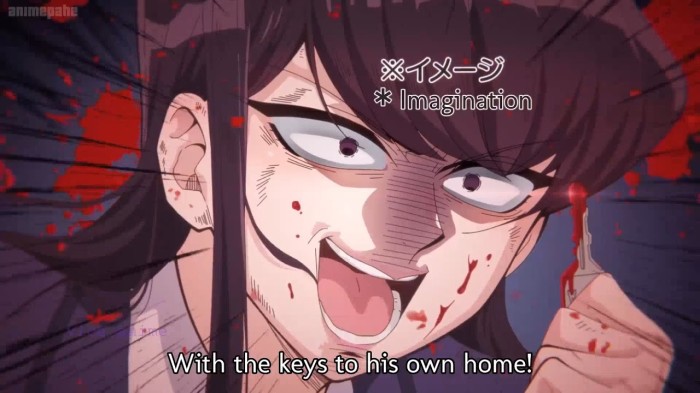
And trust me… you will enjoy it.
Thanks for stepping by my friends, and thanks for those who read my entry. Soon I will come back with some sweet stuff.
Bye.
…..
